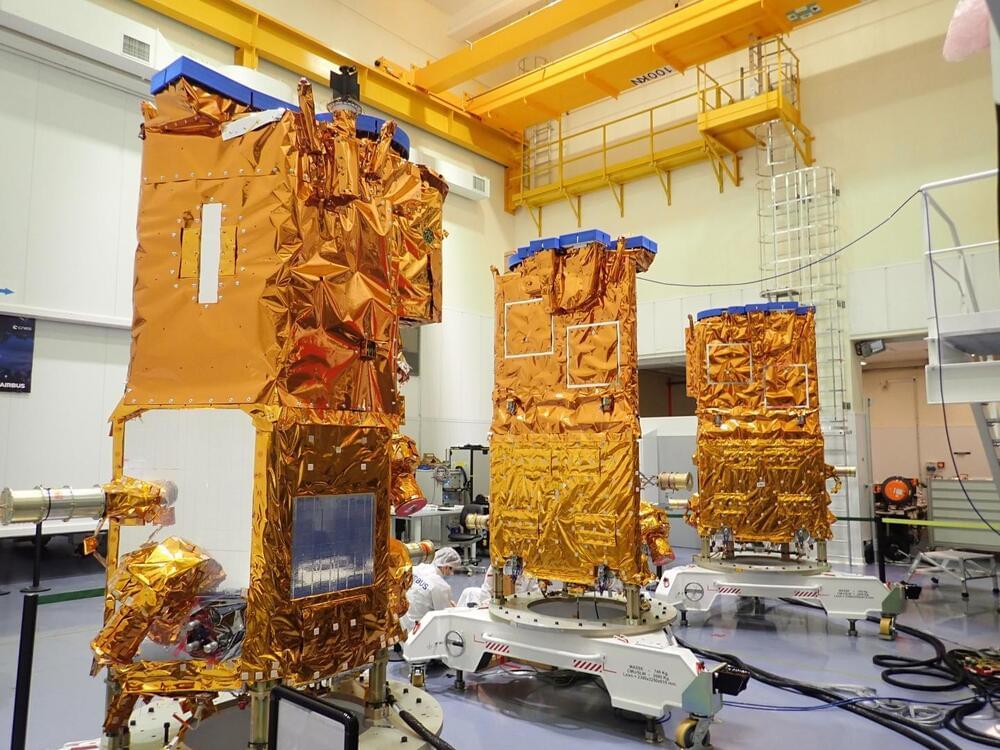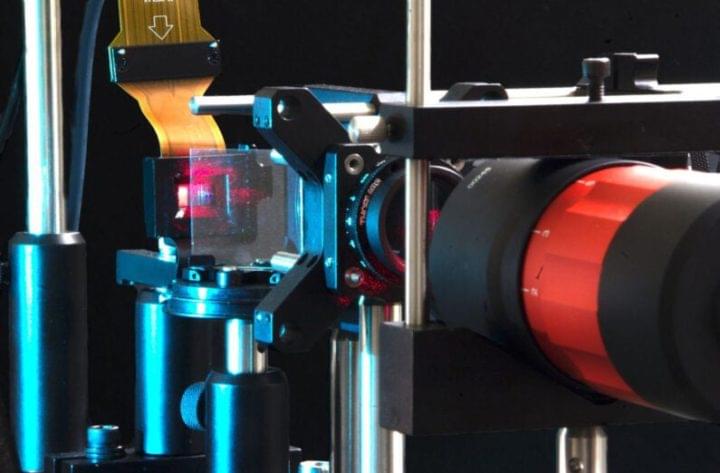Go to https://curiositystream.thld.co/NERD and use code NERD to save 25% off today, that’s only $14.99 a year. Thanks to Curiosity Stream for sponsoring today’s video. ~ In 1984 something strange happened in the village of Dodleston. A BBC Micro was sitting on a counter, when it suddenly started receiving mysterious messages, which appeared to come from the 16th century. This might have gone unnoticed had local teachers, Ken Webster and Peter Trinder, not investigated to find that information was so accurate, it would be almost impossible to fake. This whole event was documented in the book “The Vertical Plane”, published in 1989. But here, tonight, we investigate deep to find out exactly what this is all about.
Thank you to these excellent peeps. Please check out their channels;
Ashens: https://www.youtube.com/theproxy.
TristaBytes: https://www.youtube.com/c/TristaBytes.
WhatHoSnorkers: https://www.youtube.com/channel/UCmKA-MiHwHpuawrhPBsWzJg.
Octavius King: https://www.youtube.com/c/0ctav1usKitten.
Slope’s Game Room: https://www.youtube.com/c/djslopesroom.
Ponder: https://www.youtube.com/channel/UCeOCi7IAMOp1WpJhKUqc_cQ
0:00–01:10 Introduction.
01:10–02:05 Curiosity Stream.
02:05–29:15 The Dodleston Messages.
29:15–35:52 Post Events.
35:52–40:35 Dissection.
40:35–41:53 Further Reading.
41:53–43:01 Credits.
🔗Video Links🔗
Blogs:
Mercurius Politicus: http://mercuriuspoliticus.wordpress.com/2010/11/01/ghost-in-the-machine/
Contacting 2109: http://contacting2109.com/vertical-plane-ghost-machine/
Macy Afterlife: http://macyafterlife.com/2018/02/10/time-hopping-the-amazing…n-webster/
Time Slips: http://time-slips.blogspot.com/2011/08/wot-strange-wordes-thou-speke.html.
Skeptophilia: http://skeptophilia.com/2014/08/the-haunted-pc.html.
Tom Ruffles: http://tomruffles.wordpress.com/2020/08/14/the-vertical-plane-by-ken-webster/
Ley Lines: http://landandspirit.net/earth-energies/leylines/
Podcasts:
Unexplained Podcast: http://unexplainedpodcast.com/episodes/2018/7/25/s03-episode…-until-end.
Mysterious Universe: http://podcastaddict.com/episode/29862737
Dark Histories: http://darkhistories.com/the-dodleston-messages-ghost-in-the-machine/
Books:



